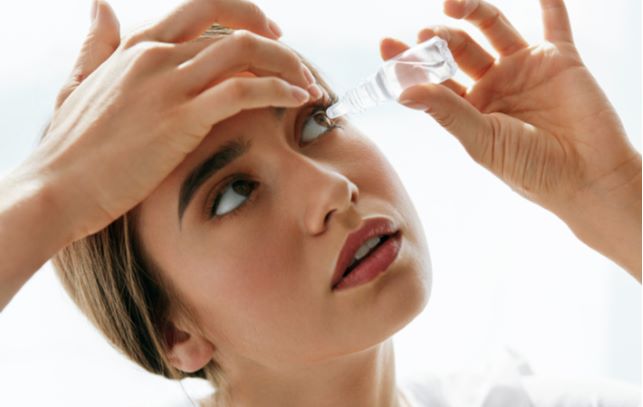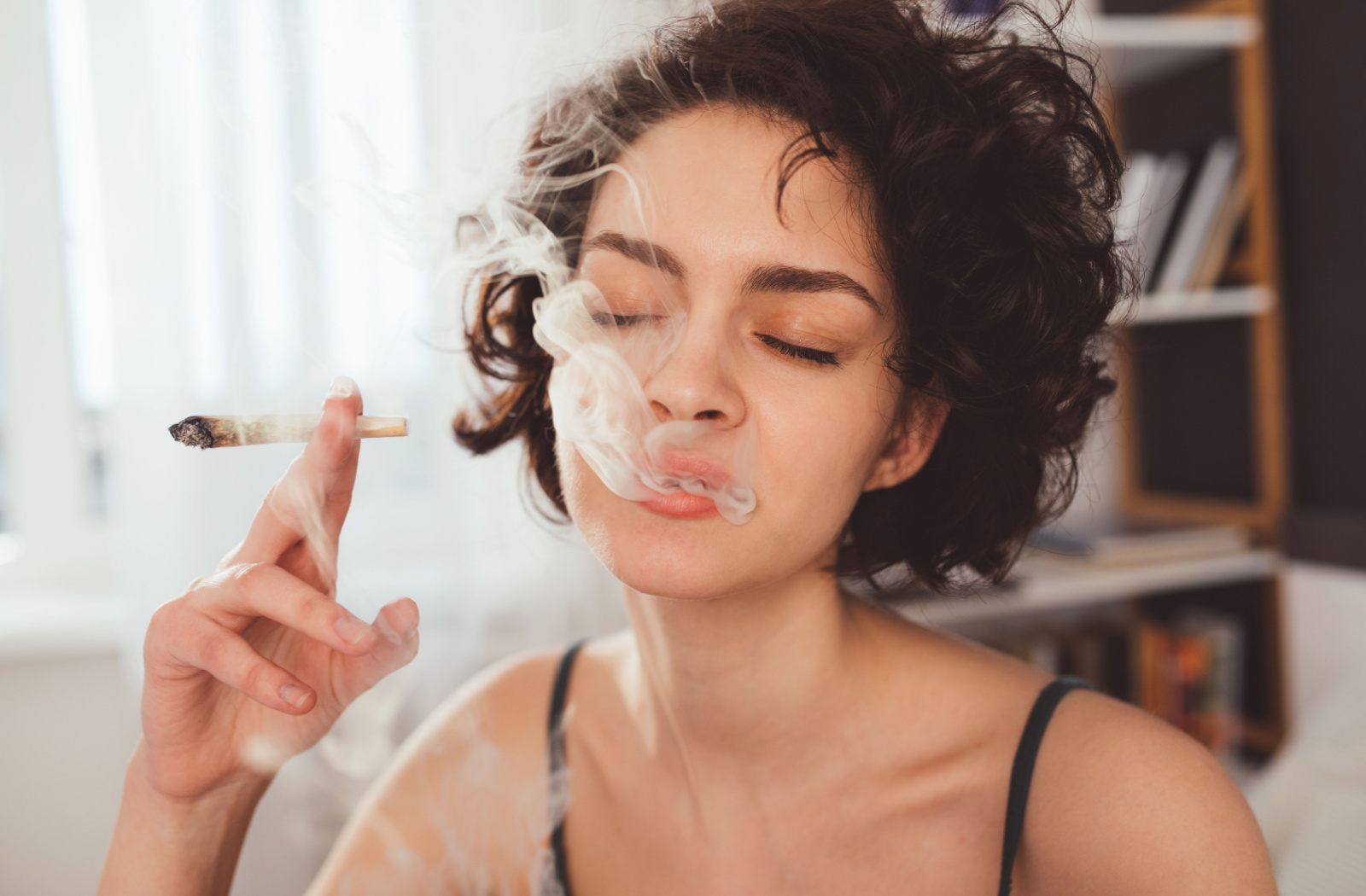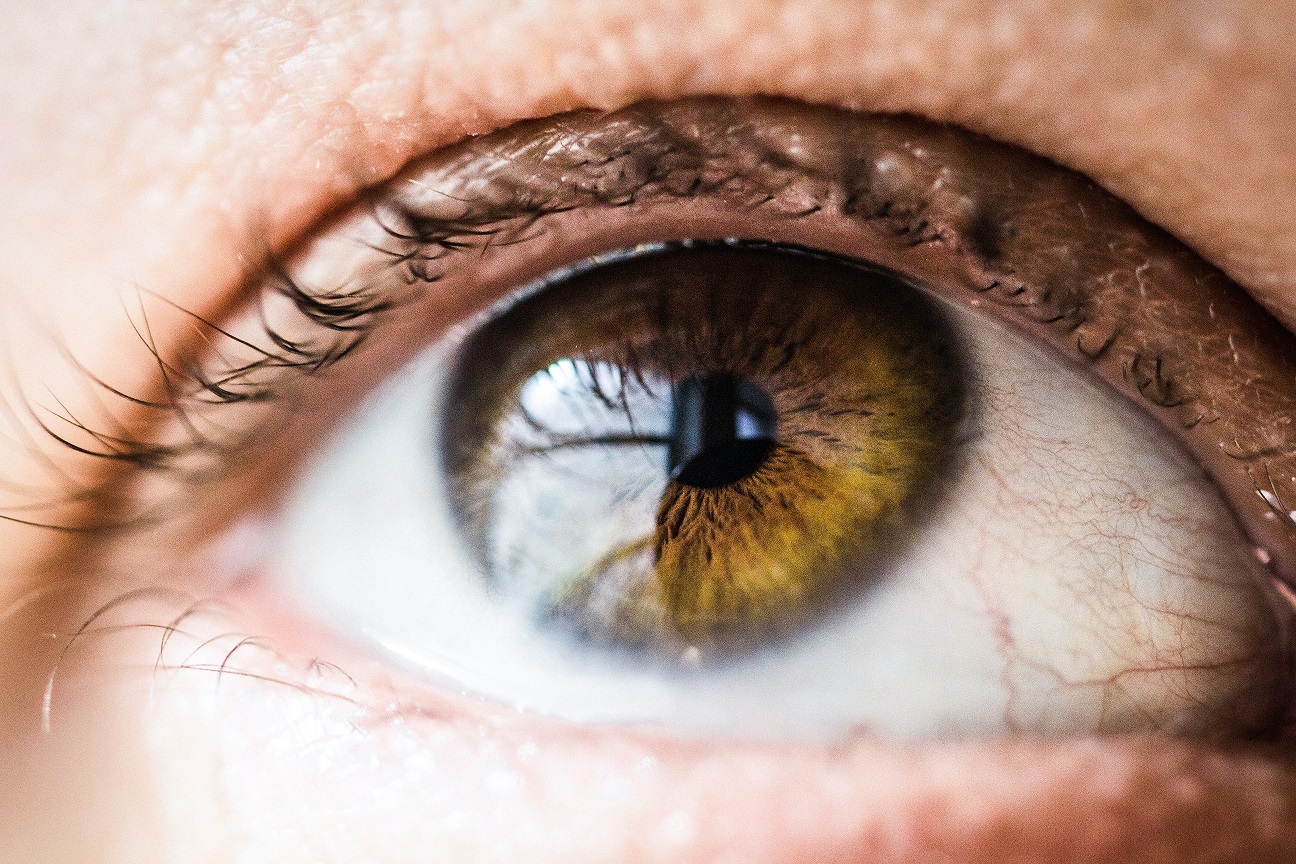Dry eyes are a common source of irritation and inconvenience for many people. The first thing people look for to help reduce dry eye symptoms is an eye drop. However, when looking at eye drops at the drugstore, you’ll see dozens of different offerings from several brands. With all the different options available, how can you recognize an effective treatment for dry eyes when you see one?
Our team at MyDryEye have worked with many patients and eye doctors in regards to finding the best dry eye treatments, so we know a lot about what products work best. Below, we’ll help you understand the different types of eye drops available and teach you a few things about how to choose an option that may relieve your dry eye symptoms.
Can You Use Any Eye Drops for Dry Eyes?
Not all eye drops are suitable for relieving dry eye symptoms. That’s because eye drops typically fall into one of three categories, each with a distinct intended purpose:
Preservative-Free Artificial Tears – Great for Dry Eyes
Preservative-free artificial tears are made to lubricate the eye’s surface. They can be particularly useful in situations where the eye’s natural tears are insufficient to keep the surface of the eye moist, making them one potentially-effective form of therapy for dry eyes.
Many different kinds of artificial tears exist, and ingredients can vary across products and brands. We’ll talk more about how to find effective artificial tears for your specific needs later in this article.
Allergy Drops – Only If You Have Allergies
Allergy drops typically contain antihistamines and/or mast cell stabilizers, which can effectively reduce itching and watering in the eyes. Since people with dry eyes often experience one or both of these symptoms, allergy drops may provide temporary relief.
Allergy drops can be excellent for reducing specific symptoms associated with dry eyes, but they do not address the root cause of these symptoms—namely, your eyes’ inability to produce tears with an appropriate quality or volume. While allergy drops may offer a reprieve for people with dry eyes, they are unlikely to provide long-term comfort.
Anti-Redness Drops – Do NOT Use for Dry Eyes
These eye drops are specifically designed to reduce redness. Since redness is one of the most noticeable dry eye symptoms, you might assume that anti-redness drops are an appropriate form of dry eye therapy, but be careful.
Anti-redness drops such as Visine can actually make symptoms worse over time if used too often. Additionally, these drops can cause dependency and create a rebound effect once you stop using them, where the original dry eye symptoms and redness come back to the surface.

Choosing Artificial Tears for Dry Eyes
Many artificial tears can effectively reduce dry eye symptoms, but that doesn’t mean all artificial tears are equally effective. When looking for artificial tears to relieve your dry eyes, be sure to consider the following factors:
Ensure They Are Preservative-Free
There are some artificial tears that include preservatives. While these additional chemical agents can help your artificial tears last longer, they can also create eye irritation.
Quality Ingredients
Below are ingredients that are typically found in your doctor’s favourite eye drops:
- Hyaluronic Acid – Binds to the tears for better stabilization and longer retention time on the eye
- Trehalose – A natural bioprotectant that can regenerate dead cells on the ocular surface and reduce inflammation
- Carbomer 980 – Retains water on the tears much longer to sustain the wettability
- Glycerol – Attracts moisture to the tears and prevents evaporation
Recommendations From Your Eye Doctor’s Cabinet
Here is a quick guide on the most dry eye friendly drops. All of these products are preservative-free and they contain hyaluronic acid. As always, consult with your doctor first to see which drop is the best for your eye condition.
Labtician-Thea Artificial Tears: Thealoz-Duo Gel, Thealoz-Duo and Hyabak
- Preservative-free formulation
- Contains Hyaluronic Acid
- Contains Trehalose (Thealoz-Duo and Thealoz-Duo Gel only)
- Contact Lens Compatible
- Read more about this drop in detail in our recent blog about Thealoz-Duo
I-Med Pharma Artificial Tears: I-Drop Pur, I-Drop Pur Gel and I-Drop MGD
- Preservative-free formulation
- Contains Hyaluronic Acid
- Lipid Layer Enhancer in I-Drop MGD
- Contact Lens Compatible
- Go over our blog about which eye drops to use for dry eyes as it includes information about the I-Drop Family
Aequus Pharma Artificial Tears: Evolve Daily Intensive and Evolve Intensive Gel
- Preservative-free formulation
- Contains Hyaluronic Acid
- Contact Lens Compatible
- Contains Carbomer 980 and Glycerol (Intensive Gel only)
- Read more about this drop in our previous blog about Evolve eye drops
Treating the Underlying Issue
This is perhaps the most important factor to consider when purchasing eye drops for dry eye relief. Not all dry eye cases have the same root cause—some occur when the eyes cannot produce enough tears, while others occur because the tears evaporate too quickly.
Tears that evaporate too quickly may be the result of meibomian gland dysfunction. Without enough of the oil these glands produce (called meibum), tears often dry up before they can lubricate the eye properly.
If you have dry eyes because of an issue with your meibomian glands, you may want to use artificial tears that contain lubricants to compensate for the lack of oil in your tears. However, if your dry eyes are related to insufficient tear quantity, it may be better to use artificial tears with cyclosporine, which can reduce inflammation in the lacrimal glands and encourage more rapid tear production.
Follow Your Eye Doctor’s Advice
If you have dry eyes, the best course of action is to ask your eye doctor for advice on what products to use. Determining the cause of your dry eyes is next to impossible without professional help and without knowing the cause, you won’t be able to choose reliable therapies.
A qualified eye doctor can examine your eyes to find out why they’re dry, then recommend eye drops that target the cause and symptoms effectively. They’ll also be able to offer other therapies that can support your eye drops and help you find lasting relief. To find an eye doctor who can help you deal with dry eyes, click here.









